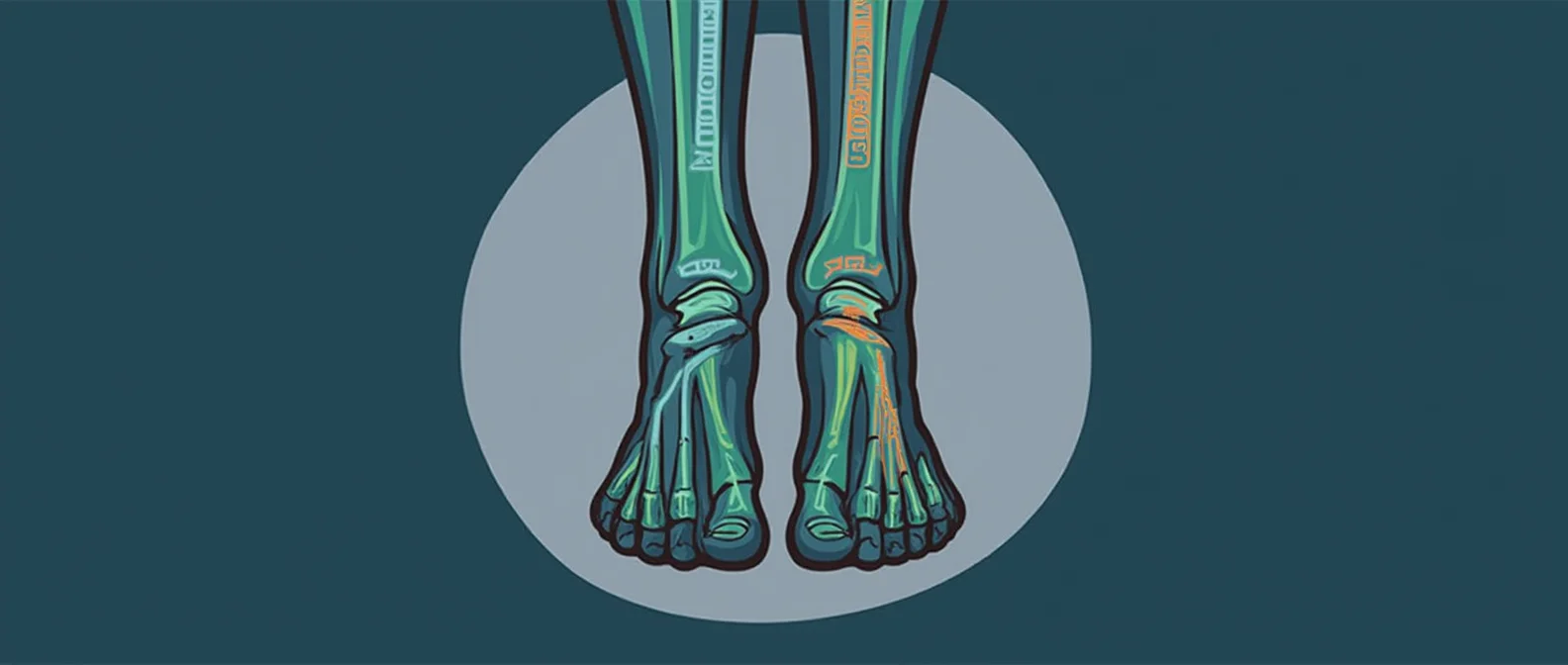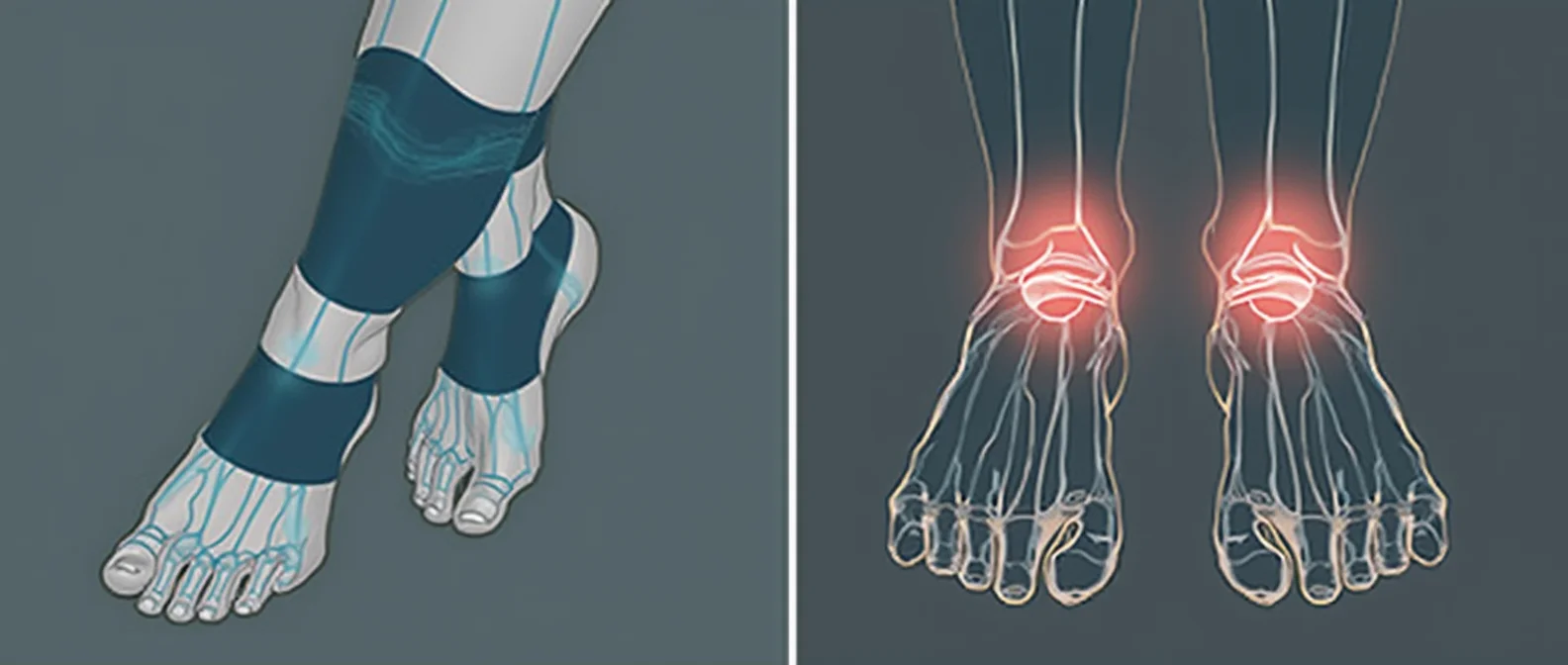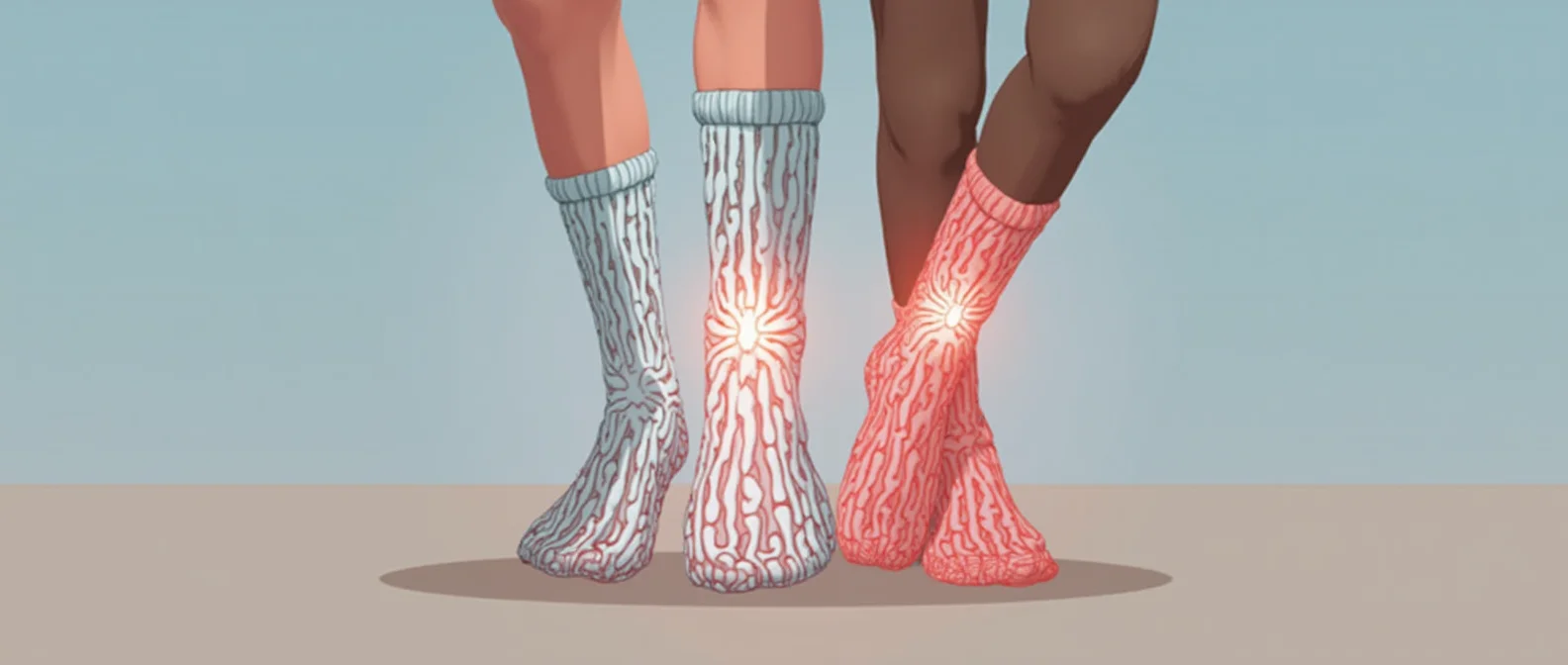Currently Empty: $0.00
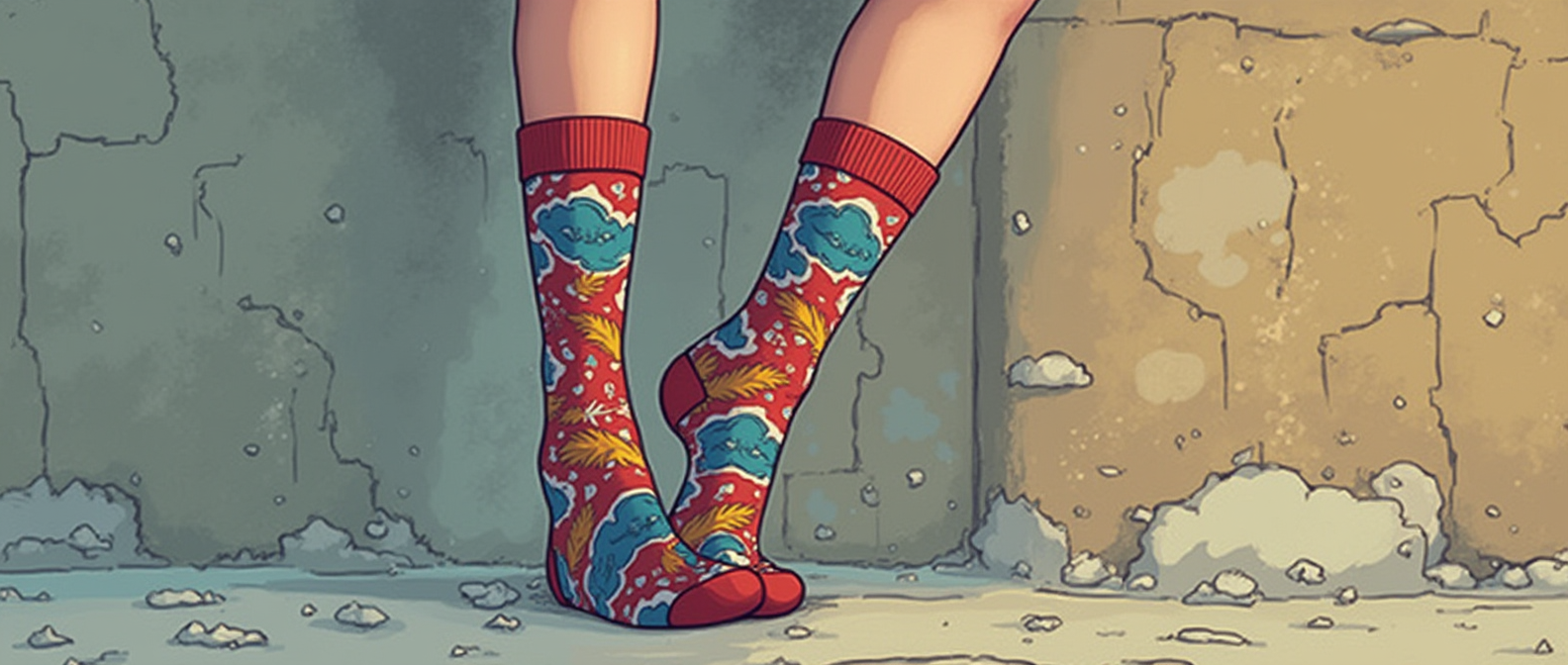
Did you know the average person sweats over 1 pint daily? This shows how vital sock hygiene is for foot health. Changing your socks often is a simple yet crucial part of personal care. It greatly affects your overall health.
In this guide, we’ll explore how sock hygiene impacts foot health. We’ll find out how often you should change your socks. Plus, we’ll share tips to keep your feet fresh, comfy, and avoid problems from bad sock habits.
Table of Contents
The Importance of Proper Sock Hygiene for Foot Health
Keeping your socks clean is key to your foot health. Socks protect your feet from your shoes, managing moisture and preventing foot odor. They also help stop harmful bacteria from growing.
Understanding the Connection Between Socks and Foot Health
Feet can get blisters, calluses, and fungal infections easily. These problems can get worse if your socks are not clean. Wearing clean, fitting socks helps keep your feet dry and comfy. This reduces the chance of these foot issues.
Common Issues Caused by Poor Sock Hygiene
- Foot odor: Bacteria in moist socks can cause bad foot smell when socks aren’t changed often.
- Skin irritation: Dirty or old socks can cause rashes or blisters on your skin.
- Fungal infections: Dirty, damp socks are perfect for fungus to grow, leading to athlete’s foot.
The Role of Moisture and Bacteria
Sweat in socks is a breeding ground for harmful bacteria. This can lead to many foot problems. Changing and washing your socks regularly helps stop bacteria growth. It keeps your feet healthy and sweat-free.
How Often Should You Change Your Socks? Daily Guidelines
Keeping up with a daily sock routine is key for foot health and odor control. How often you should change your socks depends on several factors. Here are some general guidelines to follow.
For those with typical daily activities, changing socks once a day is usually enough. It keeps your feet fresh, dry, and prevents bacteria and odor-causing sweat buildup. But, there are times when you might need to change them more often.
- When you’re physically active or exercising, change your socks after each workout. Sweat and moisture can quickly lead to odor and foot health problems.
- If you tend to sweat a lot, changing your socks more than once a day can help keep your feet dry and comfy.
- After activities that get your feet dirty or exposed to contaminants, it’s wise to change your socks. This helps keep your feet clean.
Listening to your body and adjusting your sock-changing routine as needed is important. By keeping up with sock changes, you can avoid foot odor, blisters, and other foot issues. This ensures your feet stay healthy and comfortable all day long.
| Activity | Recommended Sock Change Frequency |
|---|---|
| Typical daily activities | Once per day |
| Physical activity/exercise | After each session |
| Excessive sweating | More than once per day |
| Exposure to dirt/contaminants | After exposure |
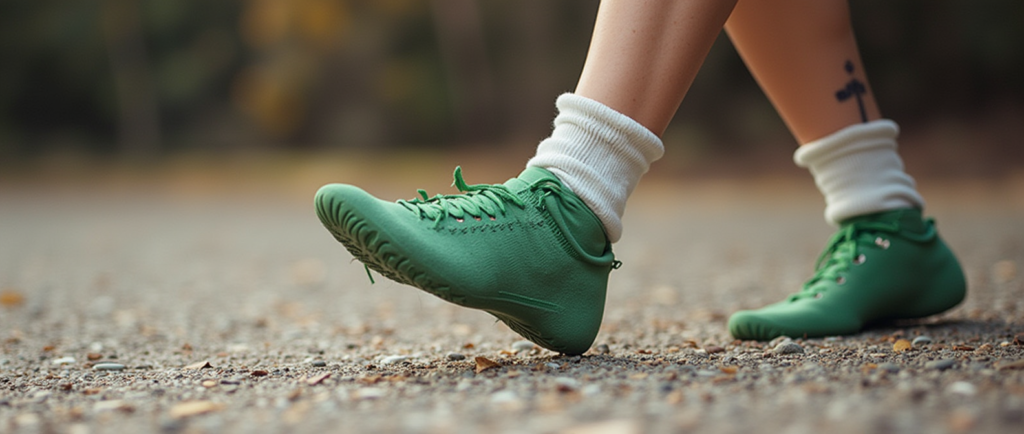
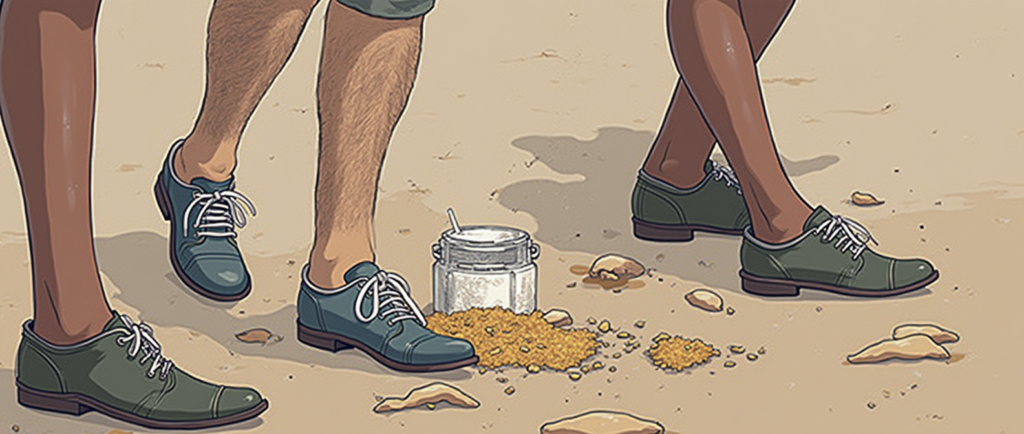
Different Types of Socks and Their Changing Frequency
Keeping your feet healthy and clean is key. Knowing about the different sock types and how often to change them is important. From athletic socks for intense workouts to dress socks for formal events, each type has its own needs.
Athletic and Sports Socks
Athletic socks are essential for an active lifestyle. They offer comfort, support, and help keep your feet dry. Made from materials like polyester, they should be changed daily or after each workout. This prevents bad smells and skin problems.
Dress and Casual Socks
Dress socks are for more formal events and can be worn for days. They’re made from natural fibers like cotton or wool. These socks are good for a few days if they stay clean and smell fresh.
Specialized Activity Socks
There are socks for specific activities, like hiking or skiing. The change frequency depends on the activity and the sock’s material. It’s best to change these after each use for the best comfort and hygiene.
Knowing about different socks and when to change them helps keep your feet healthy and comfortable. This is true for all your daily activities and sports.
Signs Your Socks Need Immediate Changing
Keeping your socks clean is key for your foot’s health and comfort. Sometimes, you might need to change them right away. These signs can help you avoid foot odor prevention and bacteria growth.
One clear sign is when your socks look dirty or stained. If they’re darker or have stains, they’ve picked up dirt and sweat. Also, if they feel damp or clammy, it’s time for a change.
- Visible discoloration or staining on socks
- Socks feel damp or clammy to the touch
Another sign is a bad smell from your socks. A strong, unpleasant smell means bacteria have grown. Not changing them can cause more foot odor issues and skin problems.
“Paying attention to the visual, tactile, and olfactory cues from your socks is key to maintaining optimal foot hygiene.”
Lastly, if your socks look worn out, thin, or damaged, it’s time to get new ones. Worn-out socks can’t protect your feet well. They might cause blisters and other issues.
- Unpleasant odor emanating from socks
- Socks feel excessively worn, thin, or deteriorated
By watching for these signs and acting fast, you can stop foot odor, bacteria growth, and other foot problems. This way, your socks will always keep your feet comfy and safe.
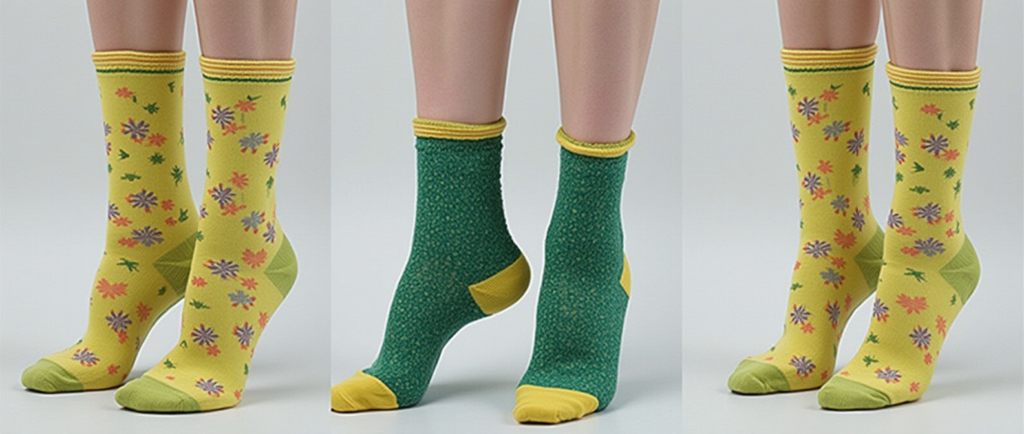
Best Practices for Sock Storage and Maintenance
Keeping your socks clean is key for good foot health and to stop odors. It’s not just about changing them often. There are ways to make your socks last longer and stay in top shape.
Proper Washing Techniques
Washing your socks right is important to keep them fresh. Always wash them alone, with a gentle detergent and warm water. Don’t use fabric softeners, as they can weaken the fibers and reduce their ability to fight odors.
For the best outcome, let your socks air-dry. The heat from a dryer can harm the material over time.
Storage Solutions for Extended Sock Life
- Keep socks in a cool, dry spot, away from sunlight to stop fading and damage.
- Fold them neatly and store in drawers or containers to keep their shape and prevent stretching.
- Sort socks by type (like athletic, dress, casual) to make pairing and organizing simpler.
- Get sock organizers or dividers to keep your drawer tidy and your socks easy to find.
When to Replace Your Socks
Even with good care, socks will eventually wear out. Watch for signs like thinning, holes, or frayed edges. These are signs it’s time for new ones.
If your socks don’t control odors or support foot health like they used to, it’s time for a new pair. Try to replace them every 6-12 months. Or sooner if they show a lot of wear and tear.
Conclusion
Keeping your socks clean is key for healthy feet and overall health. We’ve talked about why changing socks often is important. We also covered how to take care of your socks.
By following these tips, you can keep your feet healthy and avoid issues like blisters and fungus. The right time to change socks depends on what you’re doing and what you’re wearing. But always remember, changing socks often is essential for sock hygiene and foot health.
Following these daily sock routine tips will make your feet feel great and help your overall health. So, always check your socks and change them when needed. Your feet will really appreciate it.
FAQ
How often should you change your socks?
Changing socks depends on your activity, sweat, and sock type. It’s best to change them daily or when they’re damp or dirty.
Why is proper sock hygiene important for foot health?
Good sock hygiene is key for foot health. Clean, dry socks prevent foot odor, bacterial growth, and skin problems. They keep your feet fresh and comfortable all day.
What are the common issues caused by poor sock hygiene?
Bad sock hygiene can cause foot odor, athlete’s foot, toenail fungus, and skin ulcers. Bacteria and fungi grow in warm, moist places, like unwashed socks.
How does moisture and bacteria affect foot health when trapped in socks?
Moisture and bacteria in socks can lead to foot problems. Sweat and humidity cause bacterial and fungal growth. This can lead to bad smells, skin irritation, and infections.
How often should you change athletic socks compared to dress socks?
Athletic socks, which absorb moisture, should be changed more often than dress socks. Change athletic socks after each workout or daily use. Dress socks can be worn longer before needing a change.
What are some signs that your socks need to be changed immediately?
Visible stains, bad smells, and a damp feel mean it’s time to change your socks. These signs show bacteria, fungi, or too much sweat, which can harm your feet.
How can you properly store and maintain your socks to extend their lifespan?
To keep socks in good shape, wash them in hot water with mild detergent. Don’t use fabric softeners. Store them in a cool, dry place. Replace worn or damaged socks to keep your feet healthy.

